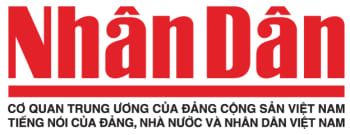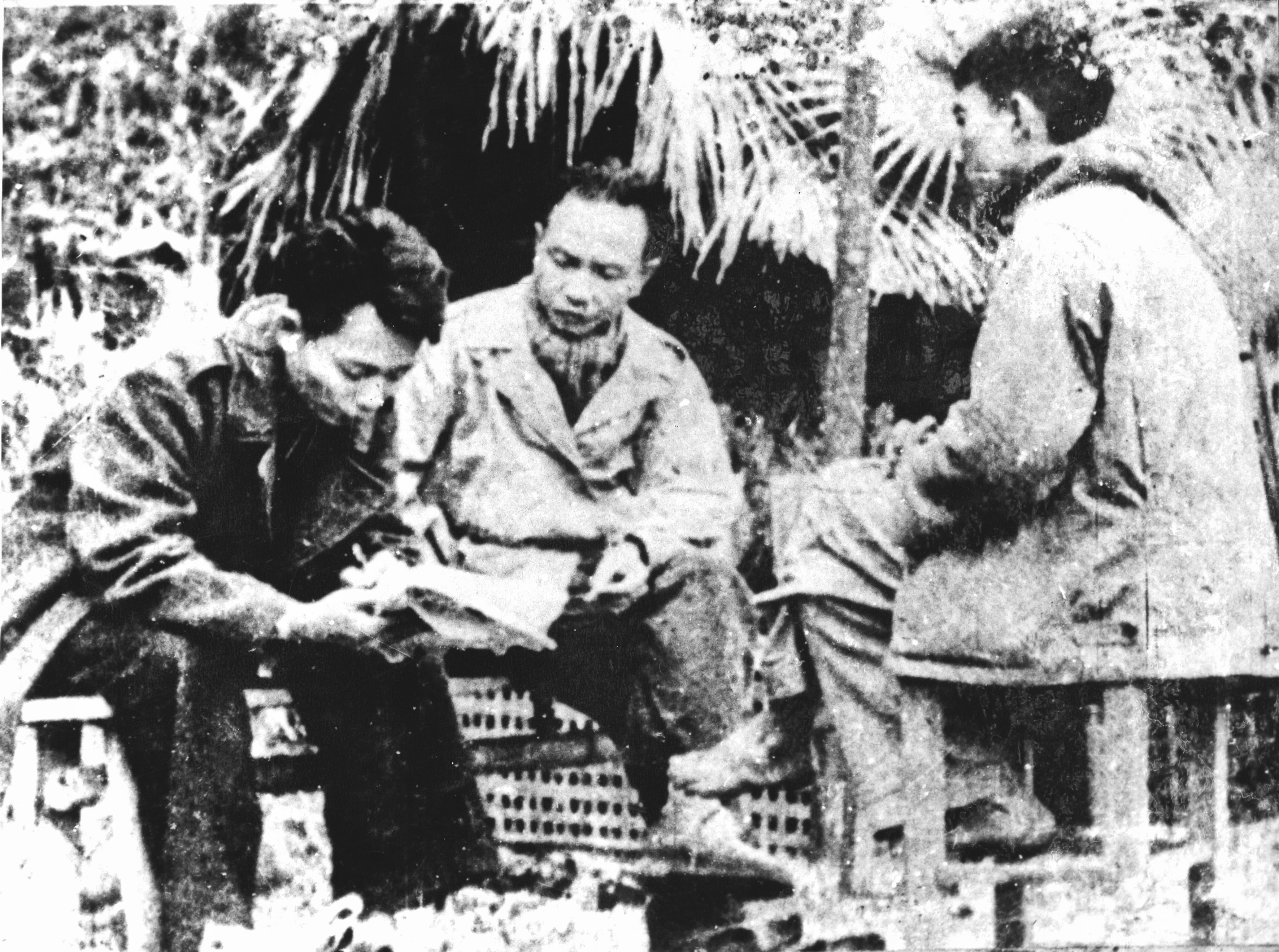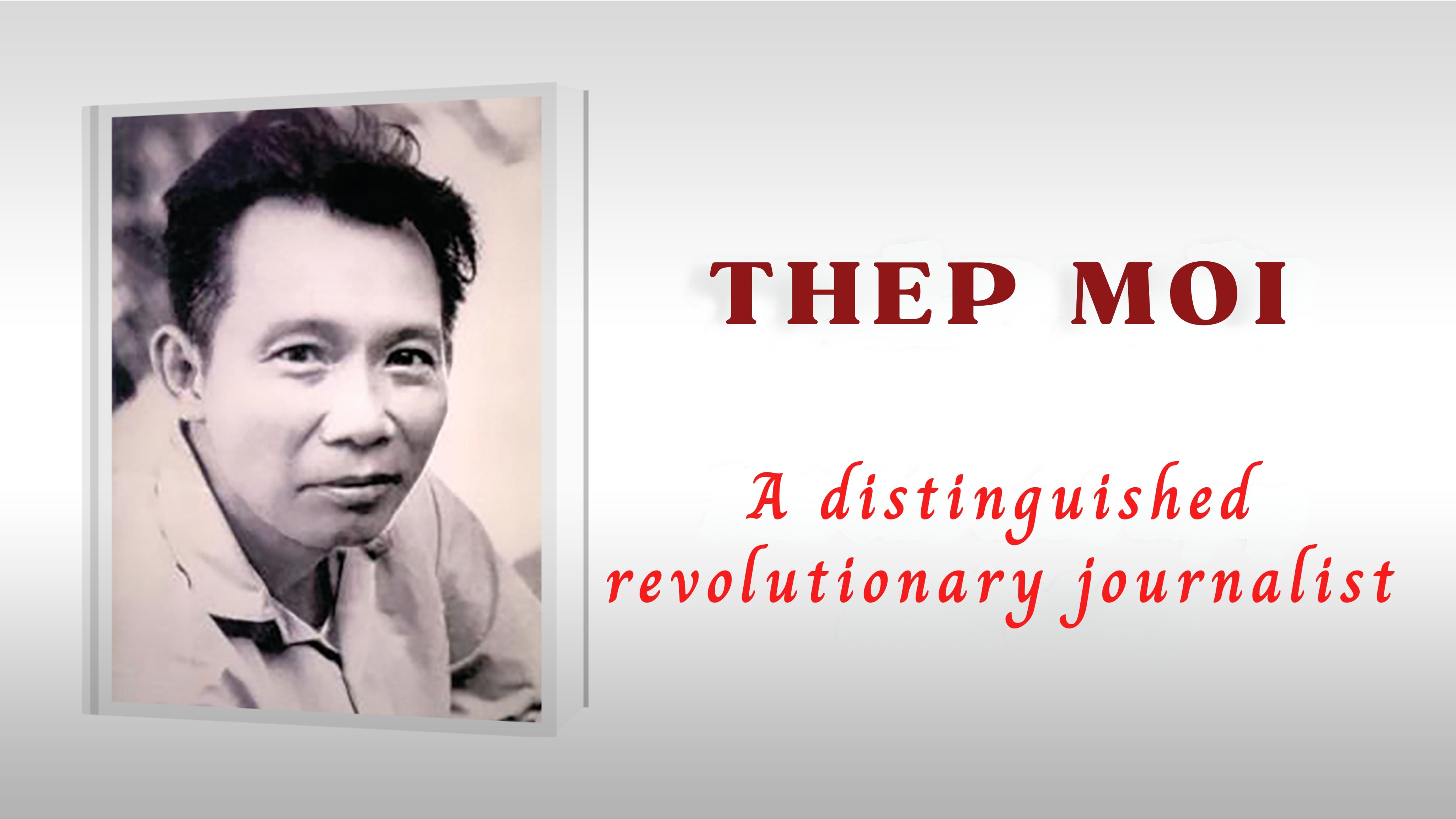
Thep Moi was an outstanding journalist with a remarkably distinctive writing style. His name was inseparably linked with the history of the Vietnamese revolutionary press. The late journalist Hoang Tung, former Editor-in-Chief of Nhan Dan Newspaper and former Chairman of the Viet Nam Journalists’ Association, once remarked: “Thep Moi was a journalist of formidable stature, a first-hand witness to Viet Nam’s revolutionary journey from 1945 to the early 1990s. He left behind invaluable legacies for our mass media and revolutionary literature, and he was also a prominent figure at Nhan Dan Newspaper.”
To commemorate the 100th anniversary of the Vietnamese Revolutionary Press Day, we present the article “Thep Moi — A distinguished revolutionary journalist” by journalist Thai Ha, former Deputy Head of Nhan Dan Monthly, and former assistant to Thep Moi.
Thep Moi was the person who left the deepest impression on me throughout my journalism career. I recall our lunches, simple rice meals from street vendors in the Old Quarter near Hoan Kiem. When Thep Moi was writing, he would sometimes pace around the room for three to four hours. The moment he grasped a vivid image or a compelling idea, he would immediately sit down and write with extraordinary inspiration. I will never forget what he once told me: “For me, writing is about channelling emotion, blending intellect with the pen. Every word, every sentence, every article must carry a soul.”
Born in Nam Dinh, a cradle of revolution, Thep Moi was deeply influenced by patriotic figures such as Truong Chinh and Nguyen Duc Canh. In 1943, after finishing secondary school, he moved to Ha Noi to study law and became active in the National Salvation Youth Union as well as the National Salvation Cultural Association, and he began writing for "Tu Tri" Newspaper — the publication of the General Association of Vietnamese Students.
After the success of the August Revolution in 1945, General Secretary Truong Chinh appointed him to 'Co Giai Phong' (Liberation Flag) Newspaper. The pen name 'Thep Moi' first appeared under the article 'Trung Thu Doc Lap Dau Tien’ (The First Mid-Autumn Festival of Independence), published on September 20, 1945. The piece stood out for its unique writing style, blending romance and realism.
Comrades Truong Chinh, Thep Moi, and Ha Xuan Truong reviewed the manuscript for the first issue of Nhan Dan Newspaper in 1951. (File photo)
Comrades Truong Chinh, Thep Moi, and Ha Xuan Truong reviewed the manuscript for the first issue of Nhan Dan Newspaper in 1951. (File photo)
On November 11, 1945, the ‘Co Giai Phong’ Newspaper ceased publication and was renamed Su That (Truth). Journalist Thep Moi, along with his colleagues, transitioned to working for Su That Newspaper.
In February 1951, at its second National Congress, the Party announced its public activities, adopted the new name Viet Nam Workers’ Party, and decided to launch the Nhan Dan (People) Newspaper in place of Su That. The first issue of Nhan Dan Newspaper was published on March 11, 1951, in the Viet Bac Resistance Zone, featuring Thep Moi’s report “Our Congress.”
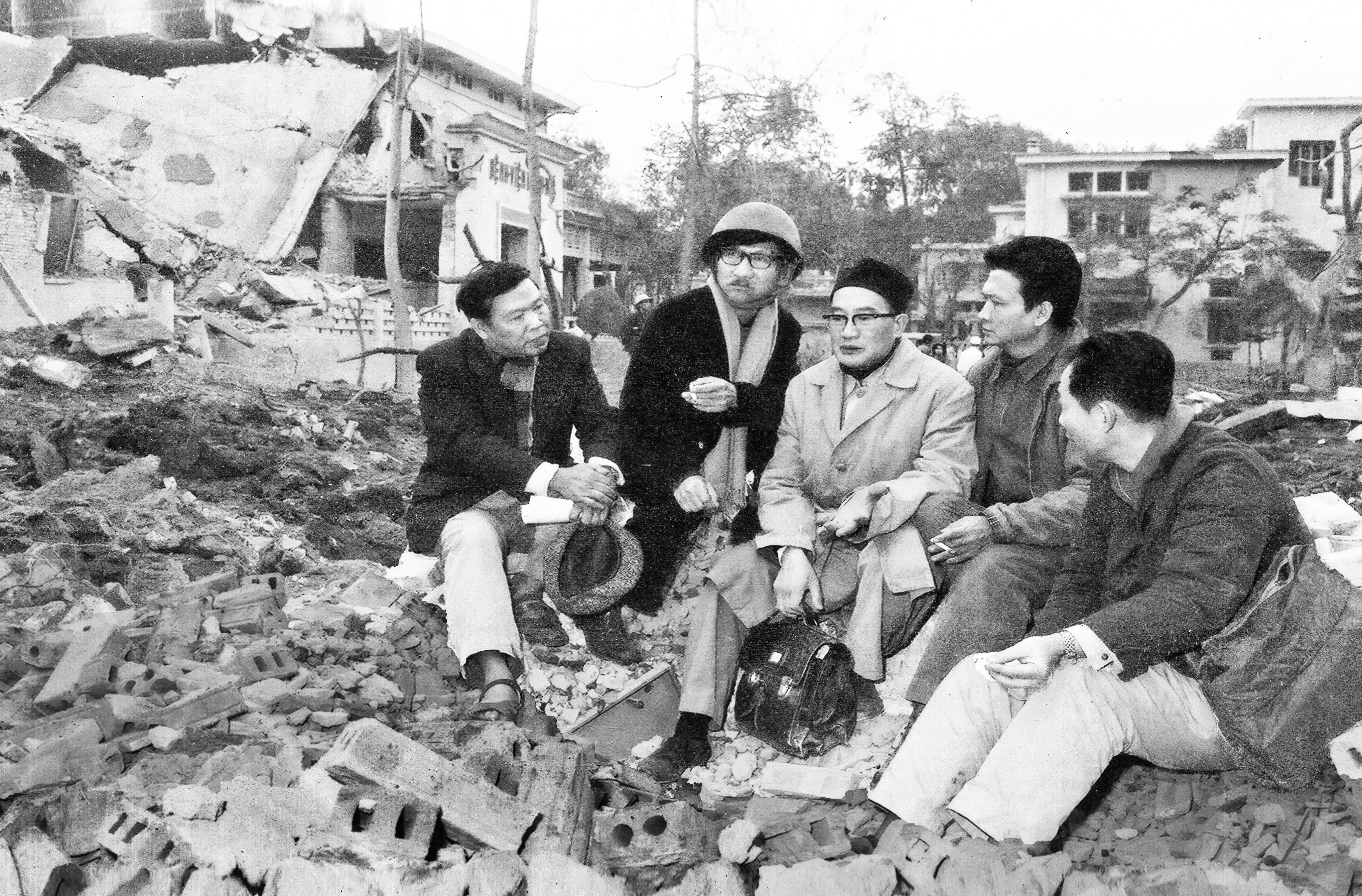
Thep Moi served as a leading commentator and journalist for both Su That and Nhan Dan Newspapers. He authored many impactful reports and journalistic essays, such as 'Chien thang Viet Bac Thu Dong 1947' (Victory in Viet Bac, Autumn–Winter 1947”—his first piece that prominently showcased his distinctive writing style. Another notable work was “Viet tai cho ve Dien Bien Phu” (On-Site Reports from Dien Bien Phu), published in serialised form in Nhan Dan between April 9 and June 12, 1954.
Commenting on Thep Moi’s reportage, journalist Hoang Tung once noted that his writing “had a distinctive style that unified reportage, literary essay, and modern commentary.”
On the 10th anniversary of the Dien Bien Phu Victory (May 1964), Thep Moi wrote the celebrated journalistic essay “Dien Bien Phu – A Vietnamese Name,” a literary tribute the historic triumph that, in his words, “shook the earth”.
One of Thep Moi’s most iconic works—recognised by nearly every Vietnamese person—is 'Cay Tre Viet Nam' (The Vietnamese Bamboo), the narration for a Polish documentary film of the same name in 1955.
Thep Moi’s brilliance lay in his delicate associations and evocative imagery. In his work “Cuba’s Bravery,” he drew a powerful parallel between Viet Nam’s bamboo and Cuba’s royal palm (palma real). “Just as the Vietnamese bamboo is deeply rooted in the life of the rice-farming peasant, the royal palm is the faithful companion of Cuban sugarcane farmers.” He captured the epic spirit and indomitable will of the Cuban people with vivid admiration: “A nation whose entire history is one of enduring heroism not admire, not love their dignified and unyielding spirit? The proud bearing of those who have vowed: “The Fatherland or death!” And with a dialectical conviction, Cuba raises its clenched fist and proclaims: ‘Benxeremoxo!’—‘We will win!’”
In the early 1960s, Thep Moi worked in the Southern battlefield. From 1968-1971, he was a member of the Central Communications Department of the Southern Bureau and Editor-in-Chief of the Liberation Newspaper. During this period, his works vividly reflected the war against the US, in particular, the image of the heroic liberation soldier who considered fighting the enemy as a normal job. They are the commanders and soldiers in the memoir “A “crucial” battle, “with a heart of steel, very emotional and very sensitive”. In the memoir “The Liberation Army” (Nhan Dan Newspaper, July 1966), the images of the people from the elderly, children, students, farmers, to guerrillas, youth volunteers, liaisons... are all present. Beautifying the indomitable qualities of the southern people are the female guerrillas of the Armed Women’s Team in the Cu Chi belt in the memoir “From the Dien Bien Phu Battle of Cu Chi”.
Expressing many articles on the topic of war, Thep Moi’s writing style is heroic and optimistic, overcoming the fierceness of bombs and sacrifices.
After the complete liberation of the south, Thep Moi wrote many works about the reconstruction of the country. With a deep love for the south and a sense of professional responsibility, he volunteered to stay in Ho Chi Minh City to “integrate into life, rush to places where events and people appear”. typical” - as commented on by journalist Hoang Tung. That mark is expressed with full emotion in the article “Returning to the Future” (Nhan Dan Newspaper, September 2, 1975): “Complete, decisive, opening up in all directions are bright, vast prospects, the victory that today each of us is breathing with the air every day, filling our chests... This nation lives forever, lives big, lives beautifully, lives independently, freely, and is truly happy from here on”.
Penning many articles on the topic of war, Thep Moi’s writing style is generous and optimistic, overcoming the fierceness of bombs and sacrifices.
One of the typical contributions of Thep Moi on the occasion of the 10th anniversary of the liberation of the South was a series of vivid, profound articles summarising the history and revolution of Vietnam in the column 'Thoi Thang My' (The time of victory over the US) (a total of 17 articles, published every Sunday, from January 21 to May 26, 1985). In the preface to the column 'Thoi Thang My', Thep Moi shared that what compelled writers to dare undertake something beyond their strength was the thought of young readers in need of something to read. How could the hard-earned, blood-soaked wisdom of the time the country defeated the US be absent from the baggage of the future generation as they advance into the 21st century? From this Tet to the year 2000 is just as long as the time between the Party Central Committee’s unforgettable Resolution 15 of 1959 and the song “As if Uncle Ho were here on the day of great victory” in 1975.
A synthesis and study of information from the two books 'Cay Tre Viet Nam' (The Vietnamese Bamboo) and 'Sang Dinh Truong Son' (Lighting up the Truong Son Mountain), published by the National Political Publishing House in 2001, highlight the vast body of work produced by Thep Moi. Beyond journalism, he also wrote and translated books, and contributed commentaries to several films.
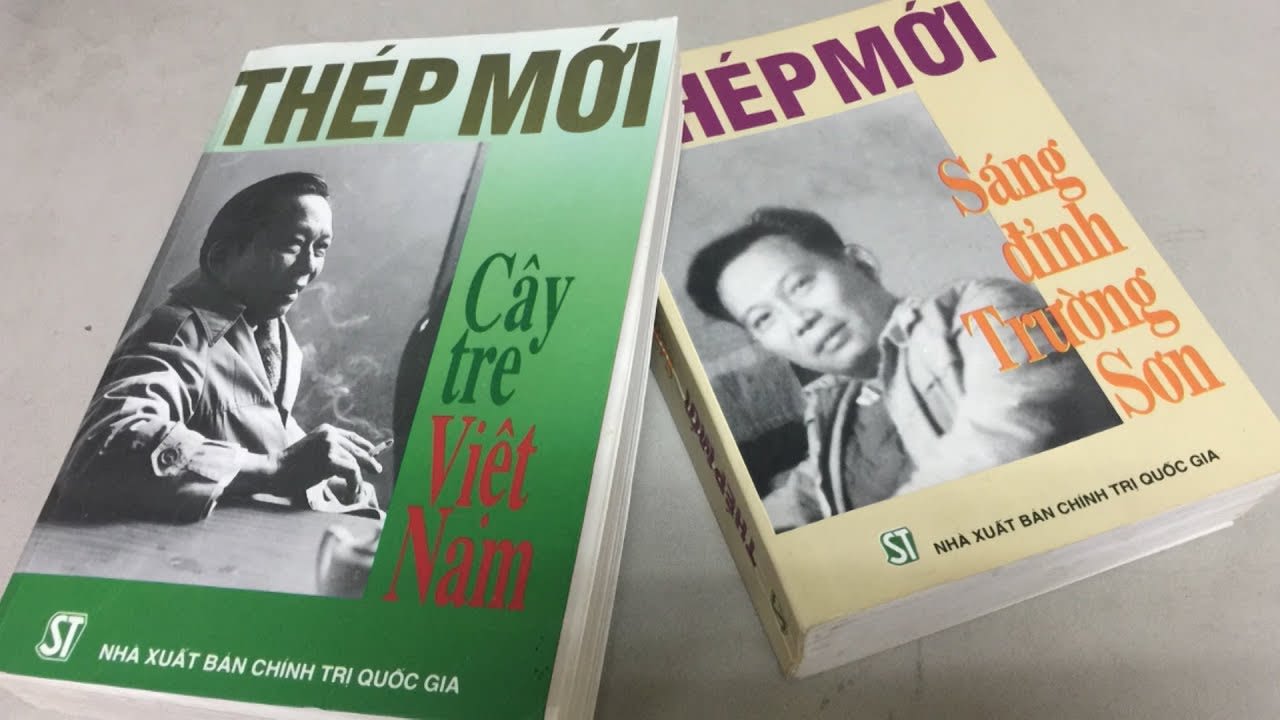
It was the Communist ideal that forged the strength of Thep Moi’s extraordinary pen, akin to the spirit of 'Thep Da Toi The Day' (How the Steel Was Tempered), a novel by Russian author Nikolai Ostrovsky that he translated in 1955. That novel became essential reading for most young people during the 1960s and many decades after. The image of Pavel, with his famous line illustrating the idea that a man only lives once, and that he must live so that he feels no regret or shame for years lived in vain, continues to inspire generations to lead meaningful and noble lives.
Deeply admiring Thep Moi’s literary talent, veteran journalist Phan Quang offered special remarks: “Thep Moi was the most talented journalist among all the Vietnamese journalists I have ever known. He was truly knowledgeable and capable, a man with an insatiable thirst for new ideas, always creating new styles. A journalist with the soul of an artist.”/.
Thep Moi, whose real name was Ha Van Loc, was born on February 15, 1925 and passed away on August 28, 1991. His hometown was Quang An Commune, Tay Ho District, Ha Noi. He adopted the pen name Thep Moi (New Steel) from inspiration drawn from two famous lines of poetry by Ho Chi Minh illustrating the idea that poetry must have steel in it today, and that the poet, too, must know how to charge ahead. He also wrote under the pseudonyms Phuong Kim, Hong Chau, and Anh Hong. He was awarded the Second-class Independence Medal by the State, along with many other prestigious honours. In recognition of his contributions to the nation, two streets, one in Tan Binh District, Ho Chi Minh City and another in Long Bien District, Ha Noi, have been named after him.
Translation: NDO
Design: THUY VAN
